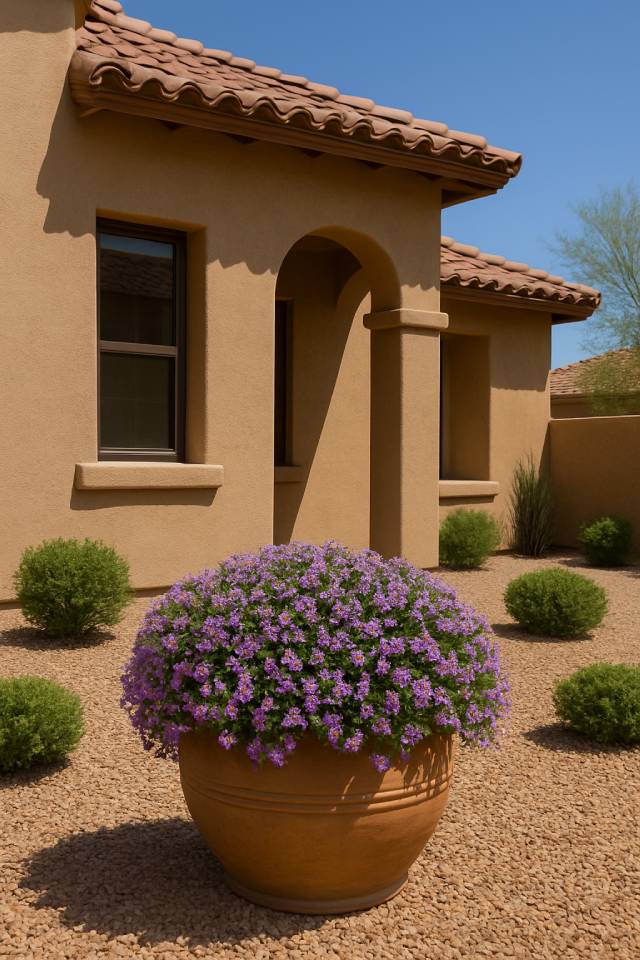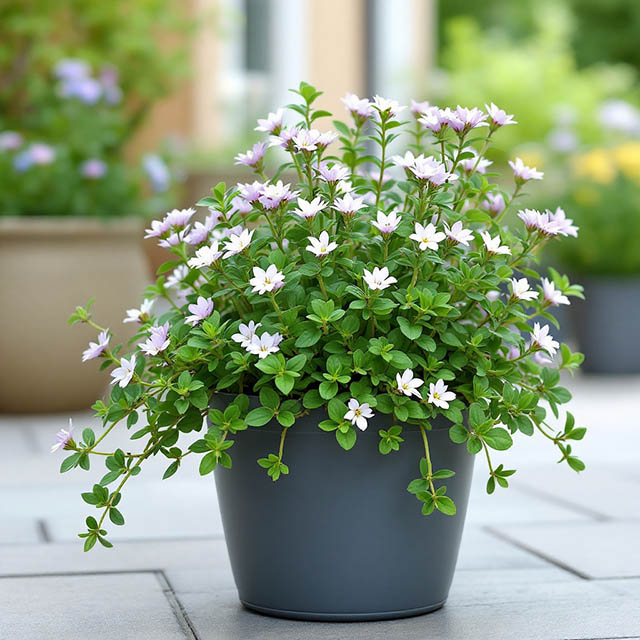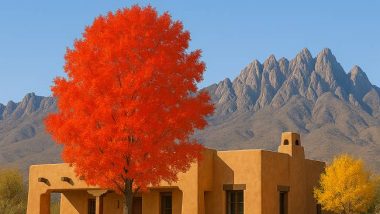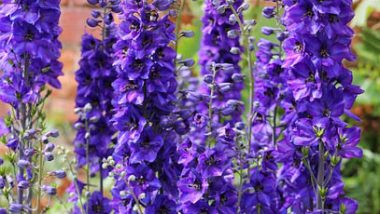Last updated on August 2nd, 2025 at 04:17 pm
Bacopa Plants (Sutera cordata). Also called the water hyssop plant because it resembles the hyssop plant.
Bacopa plants, scientifically known as Sutera cordata, are a versatile and popular choice for gardeners, thanks to their vibrant blooms and trailing growth. Often called water hyssop due to its resemblance to the hyssop plant, Bacopa thrives in various settings, from hanging baskets to ground cover in flower beds. These plants produce small, delicate flowers in shades of white, pink, lavender, or blue, adding a soft elegance to any outdoor space.
They prefer full sun to partial shade and grow best in moist, well-drained soil, making them an excellent choice for gardeners who can provide regular watering. Bacopa plants are also heat-tolerant and relatively low-maintenance, as long as they’re kept hydrated and pruned occasionally to encourage fuller growth.
Their continuous blooms throughout the growing season make them a favorite for adding consistent color to gardens. Whether you’re looking to fill a sunny patio container or create a lush, cascading effect from a hanging pot, Bacopa’s adaptability makes it a reliable choice that enhances any landscape.
These plants act as annuals in the lower elevations of the Southwest, so they won’t survive through the winter and won’t return the next year. Even with the best care, the heat and dry spells in these areas mean you’ll need to replant them each season if you want them in your garden again. Some gardeners hope they might reseed themselves, but that’s rare in these tough growing conditions.
It is a trailing plant perfect for hanging baskets or plants to fill with other annuals or perennials. It is important to keep the plant from drying out, as it will not flower again. Keep moist but not soggy wet, and fertilize with a good 20-20-20 all-purpose fertilizer. This great little flowering plant is native to South Africa. It can grow up to 3-4 ft. in height and will spread almost 4 ft. wide.
There are numerous species, but the white and purple types are the most common. The Megacopa is a dark purple flower, and there are many types of white varieties. You can see more of these plants over at Monrovia.com
The Bacopa plant is easy to grow and maintain during the spring, summer, and fall growing months. There is no pruning or deadheading involved. Just plant, water, and fertilize occasionally. Water consistently throughout the hot-summer months will ensure continuous blooms. It does not like to dry out.
It is considered annual in hotter regions, zone eight or below. It is a perennial in cooler regions, USDA zones 9,10, and 11.
The White Bacopa Plant

White trailing Bocapa in a garden box.
The Purple Bacopa Plant

Problems with Bacopa Plants
Aphids and Powdery mildew are sometimes a problem with this plant. One of the best sprays to remove both problems is Neem oil. Neem oil is an organic insecticide/fungicide/miticide and can be used repeatedly until the problems have been removed. This product does have side effects, so it is important to read the instructions thoroughly before using it.

Bacopa Plants are not known to be Toxic to pets and humans.
More information about Insects and diseases on plants.

Greenhouse Manager, Master Gardener, and Webmaster.
If you have any questions or enjoyed this post, feel free to share your thoughts in the comments below.



